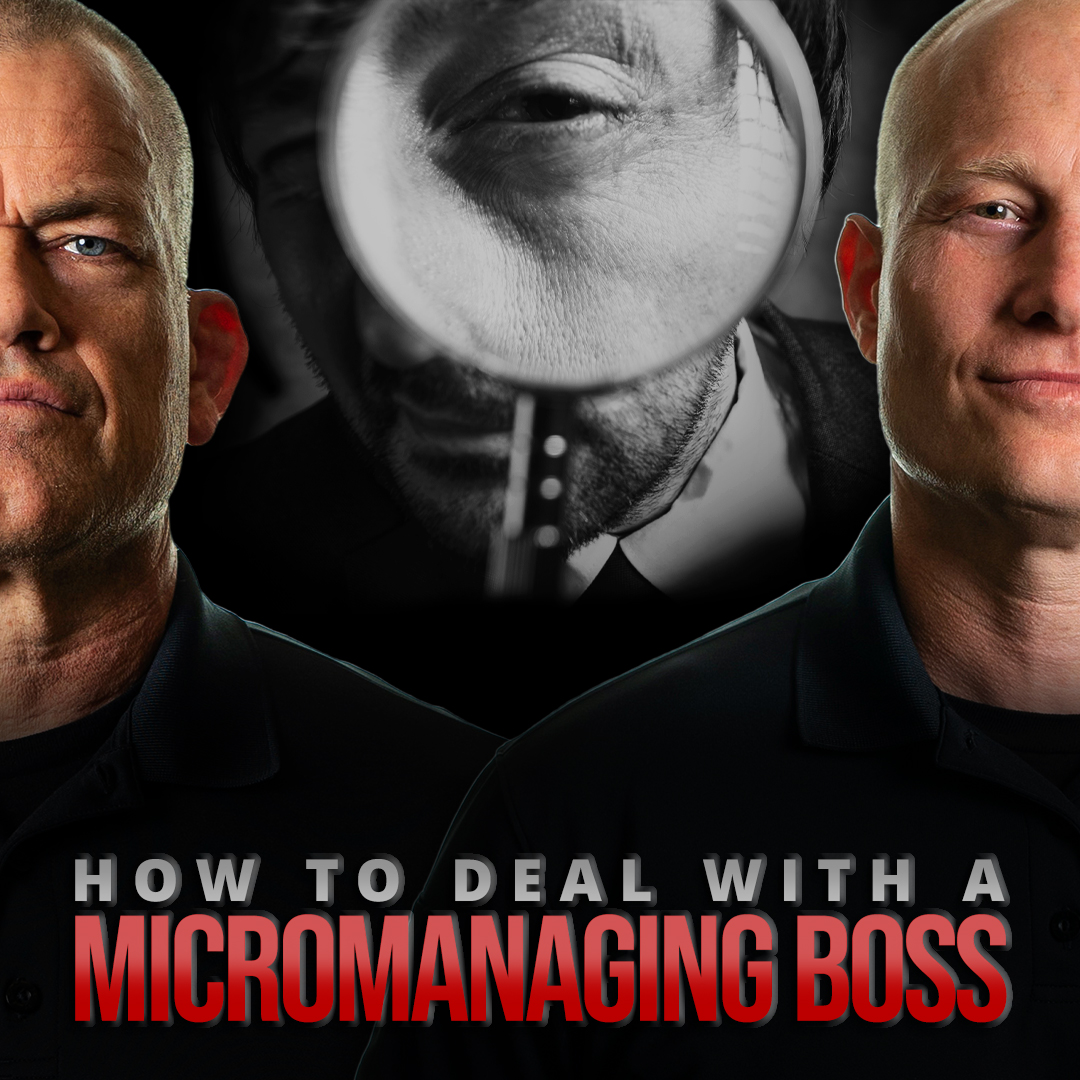Powered by RedCircle
Most leadership problems are common. If you’re ineffective, you need to take ownership of the problem and figure out an effective solution. If you’re effective, you should still carefully analyze where you can create efficiencies and become even more effective.
Effective or Ineffective
In the introduction to the book, Extreme Ownership, Jocko and I wrote:
The only meaningful measure for a leader is whether the team succeeds or fails. For all the definitions, descriptions, and characterizations of leaders, there are only two that matter: effective and ineffective. Effective leaders lead successful teams that accomplish their mission and win. Ineffective leaders do not.
It doesn’t matter that you are working hard. Are you accomplishing the goal? It doesn’t matter that you explained the “why” to your team. Do they understand, and are they executing? It doesn’t matter that you feel you have a good relationship with your boss. Does the boss listen to you and implement your recommendations? Does the boss give you the support and resources you need to be successful?
Detach and Evaluate
When you detach—from the details of a problem, your emotions, and your ego—you can evaluate the problem with an honest, realistic self-assessment. Are you effective or ineffective? If you’re ineffective, you need to take ownership of the problem and figure out an effective solution. If you’re effective, you should still carefully analyze where you can create efficiencies and become even more effective.
Real-World example:
‘She just won’t listen to me,” the executive vice president said. He was frustrated. He had been trying unsuccessfully to provide a reality check on his CEO’s grandiose plans. “Every time I try and explain that we aren’t going to be able to hit those numbers, the CEO just dismisses my input.”
“Interesting,” I responded. I gave this some thought. “How much influence would you say you have on the CEO and the direction of the company?”
“None,” the VP said, sounding exasperated. “She doesn’t listen to me at all.”
“There are only two measures that matter,” I told the VP, “effective and ineffective. It sounds like your communication with the CEO is ineffective.”
“Does it help you, your team, the company, or your CEO if you cannot influence them for the good of the overall team and the mission?” I asked. “It’s time to try a more effective approach.”
We discussed how the VP should embrace the CEO’s goals instead of pushing back against their plans. Then, make some effort to determine the requirements and present the CEO with the ad spend, additional personnel, and resources required to hit those goals. If the goals are unrealistic, the CEO can draw that conclusion and modify them. The VP recognized that this indirect approach was a far more effective strategy.
For action:
This week, choose one friction point or area of frustration where your efforts to solve the problem have been ineffective. Detach from the situation and conduct an honest, realistic self-assessment. Determine what you can do to get the problem solved effectively. EXECUTE.



